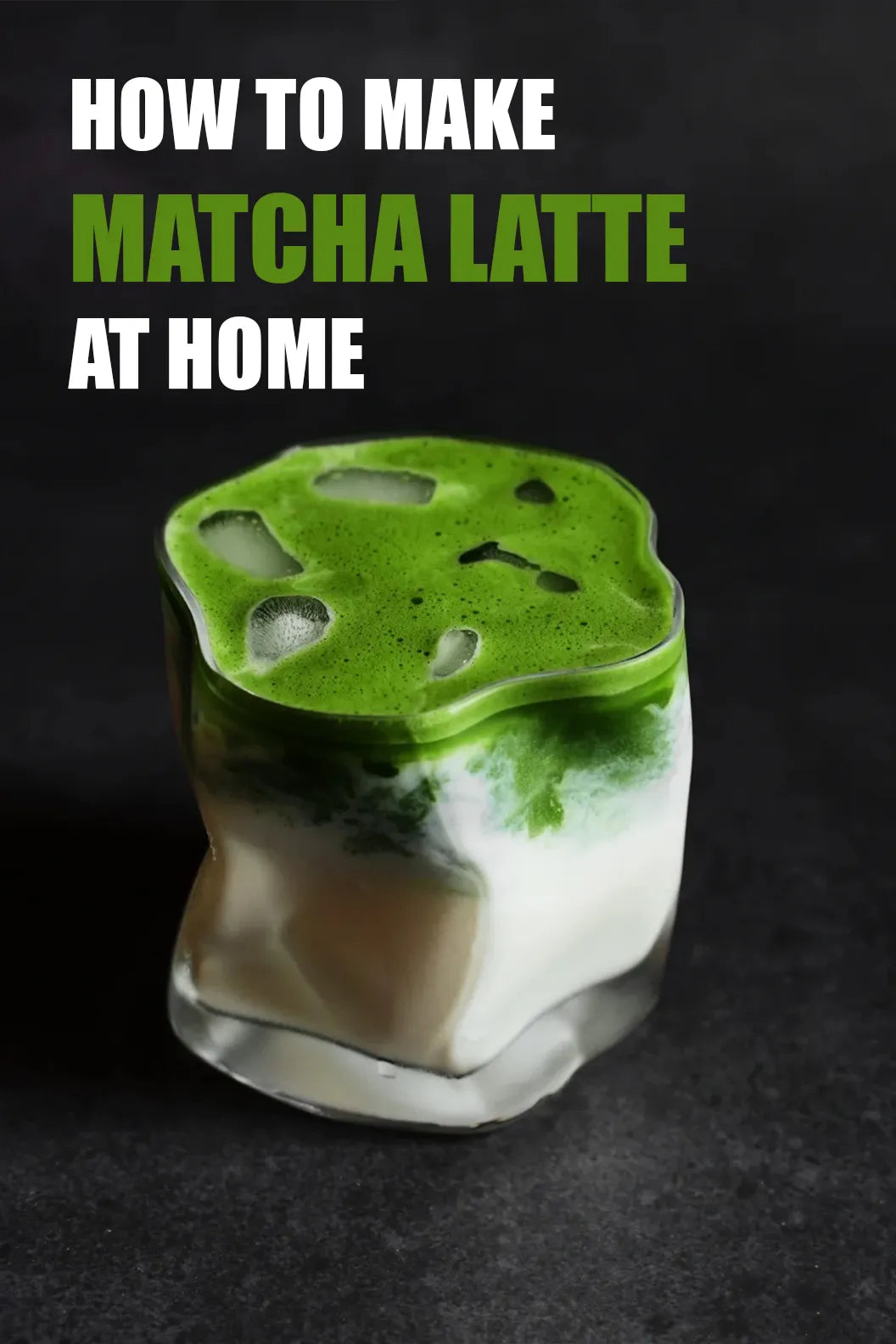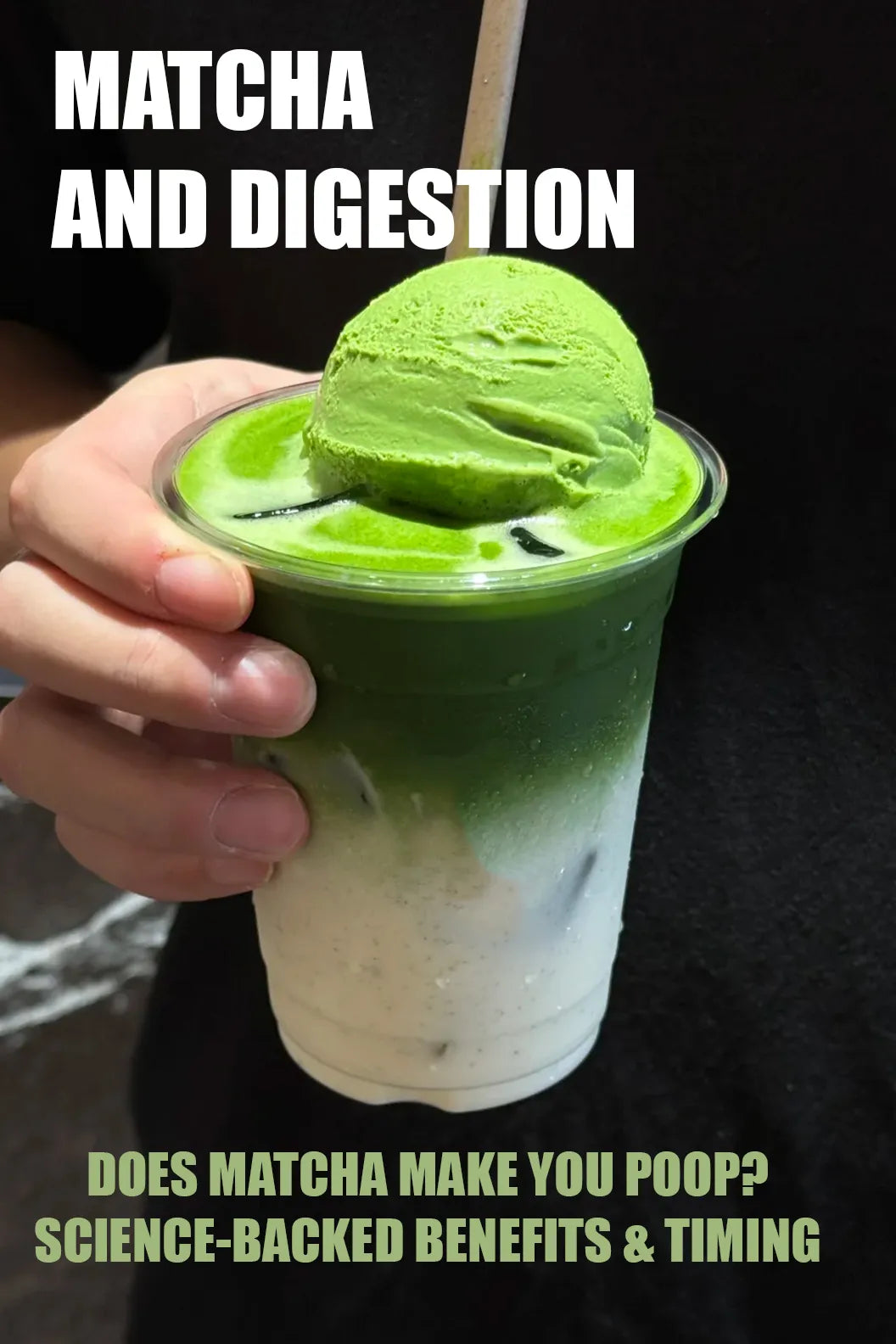The term “superfood” gets thrown around a lot—but does matcha truly deserve the title? Unlike trendy labels, matcha’s reputation rests on concentrated nutrients and research-backed benefits. Let’s dive into why experts classify it as a superfood, its key nutrients, and how to blend it into superfood mixes for daily use.
What Makes a “Superfood”? And Does Matcha Fit?
A superfood is defined by the Academy of Nutrition and Dietetics as a food “rich in vitamins, minerals, and antioxidants, with demonstrated health benefits”[^1]. By this standard, matcha checks every box:
- It’s made from the entire leaf of shade-grown tea plants (Camellia sinensis), so you consume 100% of its nutrients (unlike brewed green tea, where nutrients stay in the leaves).
- It packs more antioxidants, amino acids, and vitamins per serving than most plant-based foods—all with minimal calories (just 3–5 calories per teaspoon).
3 Key Nutrients That Make Matcha a Superfood
(1) EGCG: The Antioxidant Powerhouse
Matcha contains up to 137x more EGCG (epigallocatechin gallate) than regular green tea, according to a study in the Journal of Agricultural and Food Chemistry[^2]. This catechin:
- Fights oxidative stress (linked to aging and chronic disease).
- Supports metabolism and heart health by reducing inflammation.
(2) L-Theanine: Calm Energy Booster
Unique to shade-grown tea (like matcha), L-theanine is an amino acid that:
- Works with matcha’s natural caffeine (35–70mg per tsp) to create “calm focus”—no jitters.
- Lowers stress hormones (cortisol), per research in Nutrients[^3].
(3) Vitamins & Minerals: Micronutrient Density
A single teaspoon of matcha delivers:
- Vitamins A, C, and E (support immune function and skin health).
- Potassium and iron (aids hydration and red blood cell function).
- Chlorophyll (from shade growth), which supports detoxification.
Science-Backed Benefits of Matcha as a Superfood
Beyond nutrients, studies link regular matcha consumption to:
- Heart health: A 2022 review in Critical Reviews in Food Science and Nutrition found matcha’s antioxidants lower LDL (“bad” cholesterol) and blood pressure[^4].
- Brain function: L-theanine and caffeine improve focus and memory, per a 2017 study in Psychopharmacology[^5].
- Metabolic support: EGCG may boost fat oxidation, though it works best alongside a balanced diet (not as a “magic pill”).
How to Use Matcha in Superfood Mixes
Matcha’s versatility makes it easy to add to superfood blends. Try these simple mixes:
1. Morning Energy Mix
- 1 tsp matcha + 1 tbsp chia seeds + ½ tsp maca powder + unsweetened almond milk.
- Blend for a creamy, energizing drink that fuels focus and digestion.
2. Antioxidant Smoothie Mix
- 1 tsp matcha + 1 cup spinach + ½ frozen banana + 1 tbsp almond butter + water.
- Packed with fiber, healthy fats, and EGCG for all-day antioxidant support.
3. Overnight Oats Mix
- Stir 1 tsp matcha into oats + ½ cup oat milk + 1 tbsp blueberries. Chill overnight.
- Blueberries (another superfood) and matcha double down on antioxidants.
Why Matcha Stands Out Among Superfoods
Unlike single-benefit superfoods (e.g., acai for antioxidants, chia for fiber), matcha offers:
- Multi-functional nutrients: Antioxidants, energy support, and micronutrients in one serving.
- Accessibility: No fancy prep—stir into water, milk, or recipes in 60 seconds.
- Gentleness: Low in sugar, gluten-free, and suitable for most diets (vegan, paleo).
Final Verdict: Yes, Matcha Is a Superfood
With its unrivaled EGCG content, L-theanine, and micronutrients—backed by research—matcha earns its superfood status. It’s not just a trend; it’s a simple way to boost daily nutrition.
For more on how matcha supports wellness, check our guide: LeafMill Matcha Tea Benefits.
References
[^1]: Academy of Nutrition and Dietetics, “What Is a Superfood?”
[^2]: Journal of Agricultural and Food Chemistry, “Antioxidant Activity of Matcha vs. Brewed Green Tea”
[^3]: Nutrients, “L-Theanine: A Unique Amino Acid in Green Tea”
[^4]: Critical Reviews in Food Science and Nutrition, “Matcha and Cardiovascular Health”
[^5]: Psychopharmacology, “L-Theanine and Caffeine: Effects on Cognition”
[^2]: Journal of Agricultural and Food Chemistry, “Antioxidant Activity of Matcha vs. Brewed Green Tea”
[^3]: Nutrients, “L-Theanine: A Unique Amino Acid in Green Tea”
[^4]: Critical Reviews in Food Science and Nutrition, “Matcha and Cardiovascular Health”
[^5]: Psychopharmacology, “L-Theanine and Caffeine: Effects on Cognition”



